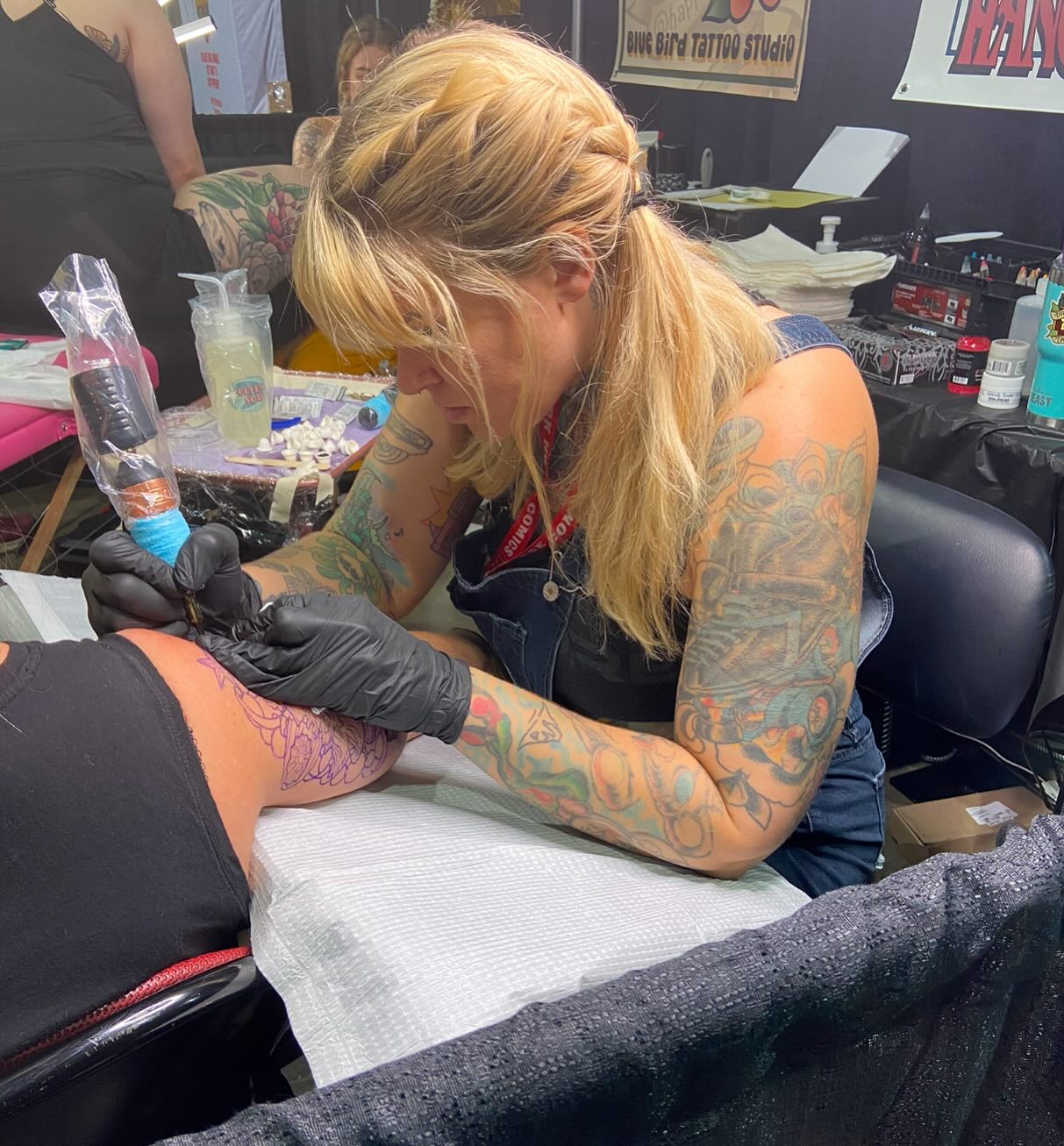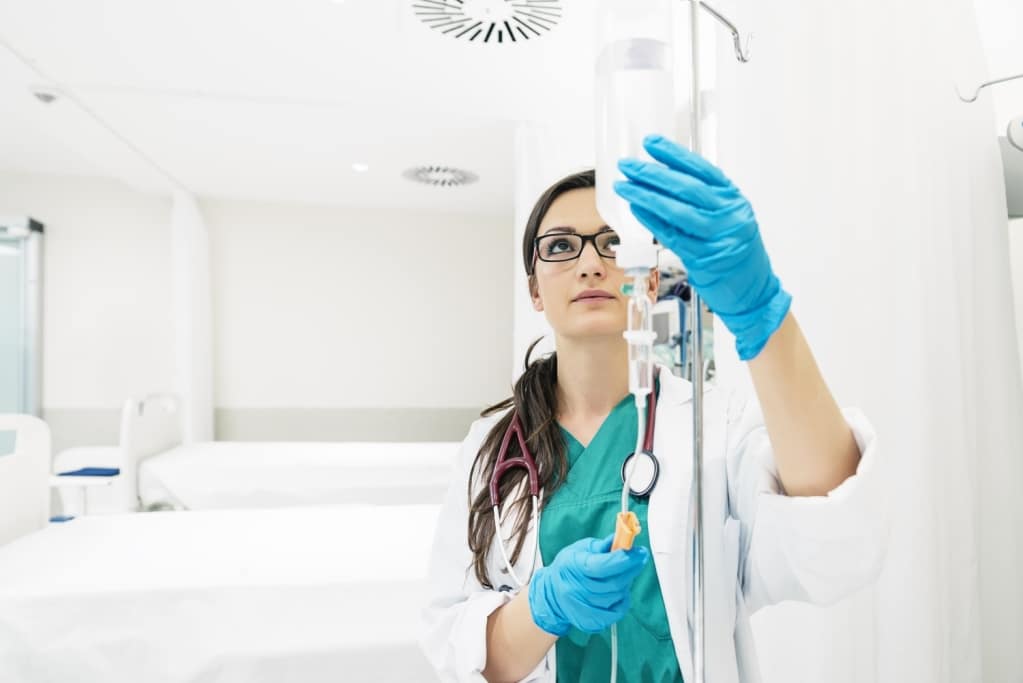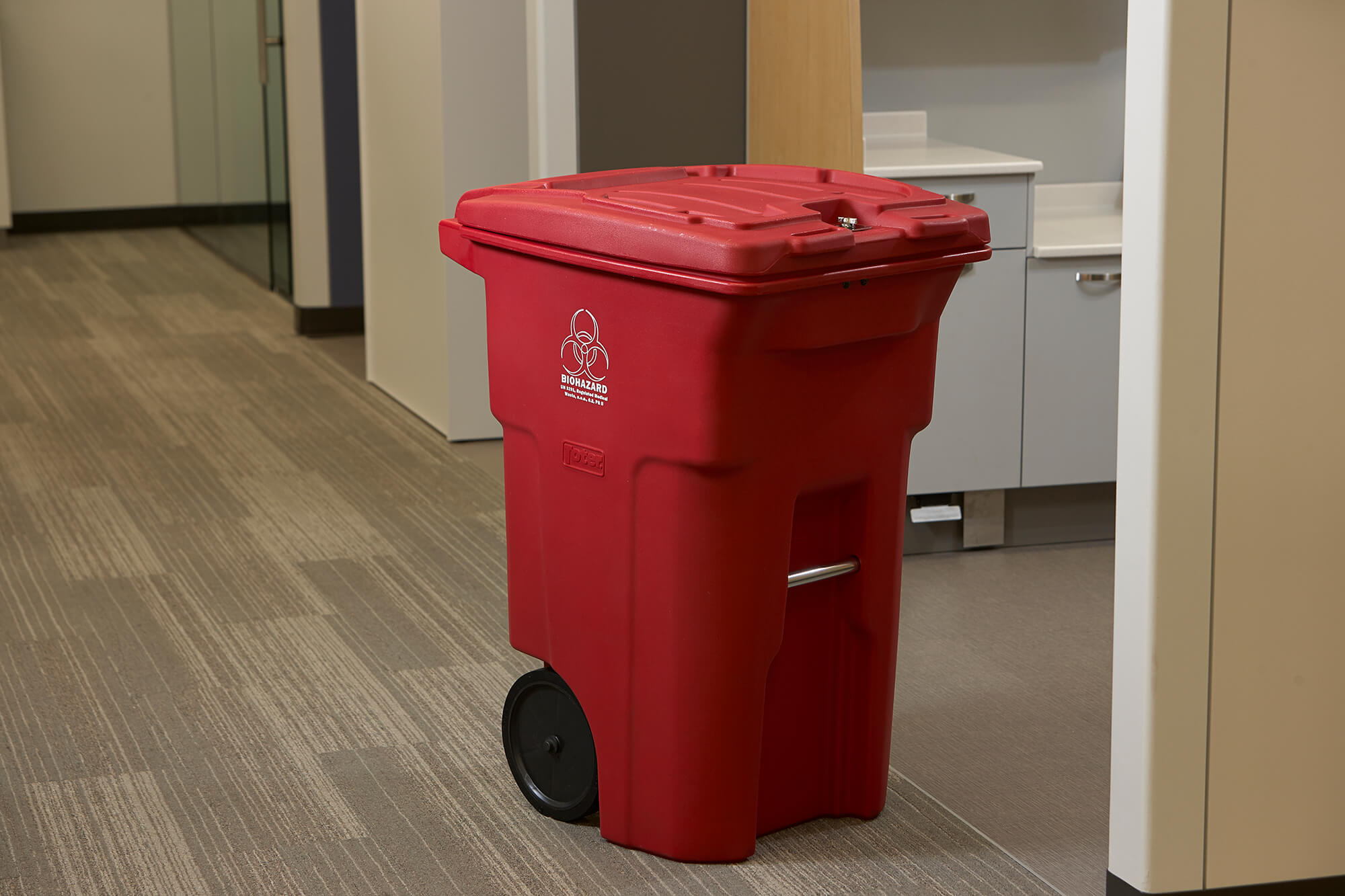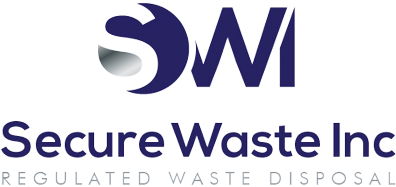How to Treat Medical Waste: Comprehensive Guide
Medical waste treatment is an essential process for healthcare facilities, laboratories, and other industries that generate Waste contaminated with harmful pathogens, blood, bodily fluids, and other potentially infectious materials. Whether it’s discarded syringes, contaminated gauze, or diagnostic equipment, all medical Waste must be treated carefully to minimize health risks and protect the environment. Improper disposal of medical Waste can have severe consequences, including the spread of diseases, contamination of the environment, and regulatory penalties.
Treating regulated medical Waste (RMW) is not just about compliance; it’s about ensuring the safety of healthcare workers, patients, and the general public. This comprehensive guide will explore the most common medical waste treatment methods, their advantages, challenges, and how to select the best treatment method for your organization’s needs. At Secure Waste, we specialize in providing safe, compliant, and environmentally responsible solutions for medical waste treatment, serving various industries and sectors.
Side-by-Side Comparison Of Biomedical Waste Companies Who Incinerate Waste “Click Here”
Why Is Proper Medical Waste Treatment Important?
Proper medical waste treatment is a critical step to safeguard public health. Improperly disposing of medical waste can result in the spread of infections, contamination of water supplies, and soil pollution. Healthcare workers and patients are particularly vulnerable to exposure to medical waste if it is not managed correctly. This includes risks of bloodborne pathogens, infectious agents, and drug-resistant bacteria that can be transmitted through contaminated medical equipment, fluids, or sharps (such as needles and scalpels).
The Environmental Protection Agency (EPA) and local regulatory bodies have stringent guidelines and regulations that govern how medical Waste should be managed, treated, and disposed of. These laws protect the environment and human health, ensuring that medical Waste doesn’t contribute to the public health crisis or harm the environment. Healthcare organizations are legally required to follow these regulations to avoid fines and legal action while ensuring the safety of their facilities.
Medical Waste, including blood-soaked materials, hazardous chemicals, pharmaceuticals, and surgical instruments, requires careful handling to ensure that pathogens are effectively neutralized before disposal. Additionally, managing medical Waste responsibly reduces healthcare facilities’ environmental footprint, promoting sustainability while ensuring compliance with environmental regulations.

1. Incineration: A High-Temperature Treatment Method
Incineration is one of the most widely used and effective methods for treating medical Waste. The process involves burning the Waste at extremely high temperatures ranging from 1,800°F to 2,000°F (982°C to 1,093°C). This high temperature destroys the Waste, including pathogens, bacteria, viruses, and other harmful microorganisms. Incineration is particularly useful for hazardous materials, such as sharps, contaminated gloves, needles, and certain types of pharmaceutical Waste.
The significant advantage of incineration is its ability to completely reduce Waste to ash, effectively eliminating any potential pathogens and reducing the volume of garbage. Incineration is a quick and efficient disposal method, especially for high-risk medical Waste that other methods cannot treat.
However, while incineration is highly effective at neutralizing pathogens, it has several environmental concerns. The combustion process releases pollutants, including dioxins, furans, and particulate matter, which can contribute to air pollution and other environmental hazards. These emissions can have serious consequences for human health and the environment. As a result, the incineration process is highly regulated, and some regions may limit its use. In response, many jurisdictions are moving towards cleaner technologies for medical waste disposal, such as autoclaving and microwave technology.
At Secure Waste, we use incineration when it’s the most appropriate treatment method. We also ensure that all emissions are controlled and comply with environmental regulations. We are committed to minimizing the environmental impact of medical waste disposal while ensuring that Waste is safely treated and disposed of.
2. Autoclaving (Steam Sterilization): A Safe and Cost-Effective Option
Autoclaving, also known as steam sterilization, is one of the most commonly used and cost-effective methods for treating regulated medical Waste. This method uses high-pressure steam at temperatures around 250°F (121°C) to sterilize Waste and destroy harmful microorganisms before disposal. Autoclaving is particularly effective for treating non-anatomical Waste, such as blood-soaked materials, microbiological Waste, and contaminated gloves.
The process involves placing Waste in a large, sealed chamber and introducing pressurized steam for a specific period. The heat from the steam penetrates the Waste and effectively destroys bacteria, viruses, and other pathogens. Once sterilized, the trash can be safely disposed of in a landfill.
One of the main advantages of autoclaving is that it is a safe, low-cost, and environmentally friendly treatment method. Unlike incineration, autoclaving does not produce harmful emissions of pollutants, making it an eco-friendly option for medical waste disposal. However, autoclaving is not suitable for all types of medical Waste. Pathological Waste, cytotoxic substances, and toxic chemicals cannot be effectively treated with this method and require alternative treatment options.
At Secure Waste, we use state-of-the-art autoclaving facilities to ensure that your medical Waste is treated safely and in compliance with all regulations. Our team ensures that all Waste is sterilized properly, providing peace of mind and environmental responsibility.
3. Gas Sterilization: A Sterilization Method Using Gaseous Agents
Gas sterilization is a method that involves exposing medical Waste to sterilizing gases, such as ethylene oxide or formaldehyde, in an airtight chamber. The gases penetrate the Waste and destroy any harmful pathogens. Gas sterilization is effective for treating a wide range of medical Waste, including plastic materials like syringes, tubing, and packaging.
While gas sterilization effectively kills pathogens, it comes with some health risks. Ethylene oxide is a toxic gas that can cause cancer and reproductive issues if not handled properly. Because of these risks, its use in medical waste treatment is highly regulated, and many jurisdictions are moving away from this method in favor of safer alternatives.
Despite these concerns, gas sterilization is still used in some areas for specific types of medical Waste that require sterilization but cannot be treated by other methods. At Secure Waste, we assess each situation carefully and use gas sterilization only in cases where it is safe and necessary.
4. Chemical Disinfection: Using Chemicals to Kill Pathogens
Chemical disinfection involves using chemical agents, such as chlorine bleach or peracetic acid, to kill harmful microorganisms in medical Waste. This method is especially effective for treating liquid Waste such as blood and body fluids. Chemical disinfectants can also be used for solid medical Waste in certain circumstances, although the Waste typically needs to be ground before disinfectants can reach all surfaces.
One of the benefits of chemical disinfection is that it is an affordable and relatively simple waste treatment method. However, its effectiveness depends on several factors, including the type of microorganism, the disinfectant’s concentration, and the exposure time. Chemical disinfection is best suited for liquid Waste but can also be used with other methods to treat solid Waste.
At Secure Waste, we provide chemical disinfection services to neutralize harmful pathogens in medical Waste effectively. We carefully choose the appropriate disinfectant and treatment method for each waste stream to ensure optimal results.
5. Microwave Technology Treatment: An Emerging Alternative
Microwave technology treatment is an innovative method for medical waste disposal that uses microwave energy to disinfect Waste. The process involves shredding the medical Waste, mixing it with water, and then exposing it to microwave energy. The heat generated by the microwaves kills the pathogens, rendering the Waste safe for disposal.
Microwave technology offers several advantages over traditional methods, such as lower energy consumption, fewer emissions, and reduced waste volume. Additionally, it can effectively treat a wide range of medical Waste, including microbiological and blood-contaminated materials. However, this method requires specialized equipment and is unavailable in all areas.
Secure Waste is proud to offer microwave technology as part of our commitment to providing innovative, environmentally friendly solutions for medical waste treatment. We ensure the treatment process is efficient, safe, and compliant with local regulations.
6. Irradiation: Using Gamma Rays for Sterilization
Irradiation is a method of sterilizing medical Waste by exposing it to gamma radiation. This process destroys harmful microorganisms by breaking down their DNA, rendering the Waste noninfectious. While irradiation is effective for sterilizing certain types of medical Waste, it is costly and not widely used due to the high operational costs.
The main disadvantage of irradiation is its high cost, as it requires specialized equipment and cobalt-60, a radioactive material. As a result, irradiation is often reserved for specific situations, such as sterilizing certain medical devices or hazardous materials.
At Secure Waste, we carefully assess the viability of irradiation for your waste stream and recommend alternative treatment methods when necessary.
7. Thermal Inactivation: Heating to Destroy Pathogens
Thermal inactivation involves heating medical Waste to high temperatures to kill harmful pathogens. This process is particularly effective for treating liquid clinical Waste, such as blood and body fluids. Waste is placed in a preheated chamber and held at a specified temperature for a set time. The heat destroys the pathogens and renders the Waste safe for disposal.
Thermal inactivation is ideal for high-volume liquid waste and is used by extensive healthcare facilities that generate significant amounts of garbage. However, it is less effective for solid Waste and requires specialized equipment.
Secure Waste provides thermal inactivation services for high-volume liquid waste, ensuring that all Waste is treated efficiently and complies with local regulations.
How Secure Waste Can Help You Safely Treat Medical Waste
Now that you understand the most common medical waste treatment methods, choosing the best solution for your needs is essential. At Secure Waste, we offer a wide range of medical waste disposal services to meet the needs of healthcare providers, laboratories, and other industries. Our services are designed to help you stay compliant with all regulations while protecting your staff, patients, and the environment.
We offer autoclaving, microwave technology, chemical disinfection, and other safe, environmentally friendly methods to treat your medical Waste. Our team is dedicated to ensuring that your Waste is treated safely, efficiently, and fully compliant with all regulatory requirements.
Secure Waste serves healthcare providers across multiple regions, including Maryland, Virginia, and Washington, D.C. If you’re looking for a trusted partner to handle your regulated medical Waste, we’re here to help.
Contact Secure Waste today at 877-633-7328 or visit our website at www.securewaste.net to learn more about our services. Please email us at contactus@securewaste.net for personalized assistance with your healthcare waste solutions. Let us help you manage your medical waste safely and responsibly.
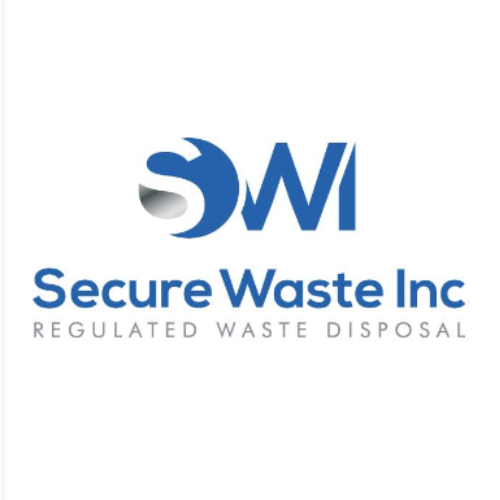
Expert Medical Waste Management: With over 25 years of industry experience, Secure Waste is a trusted local leader in hazardous and biohazardous waste disposal across Maryland, Virginia, and Washington, D.C. Specializing in medical waste management, sharps needle disposal, and biohazard waste removal, the company ensures full compliance with federal, state, and local regulations while prioritizing environmental sustainability.
The company also offers additional services, including secure document shredding and sharps container sales, providing comprehensive solutions for healthcare facilities and businesses. Our cost-effective services help clients maintain regulatory compliance without unexpected costs.
With a commitment to customer satisfaction, Secure Waste offers tailored waste management plans that align with industry best practices. Their team of experts provides reliable, timely, and compliant services, making them the preferred choice for medical waste disposal. For a free waste quote or more information, visit www.securewaste.net


